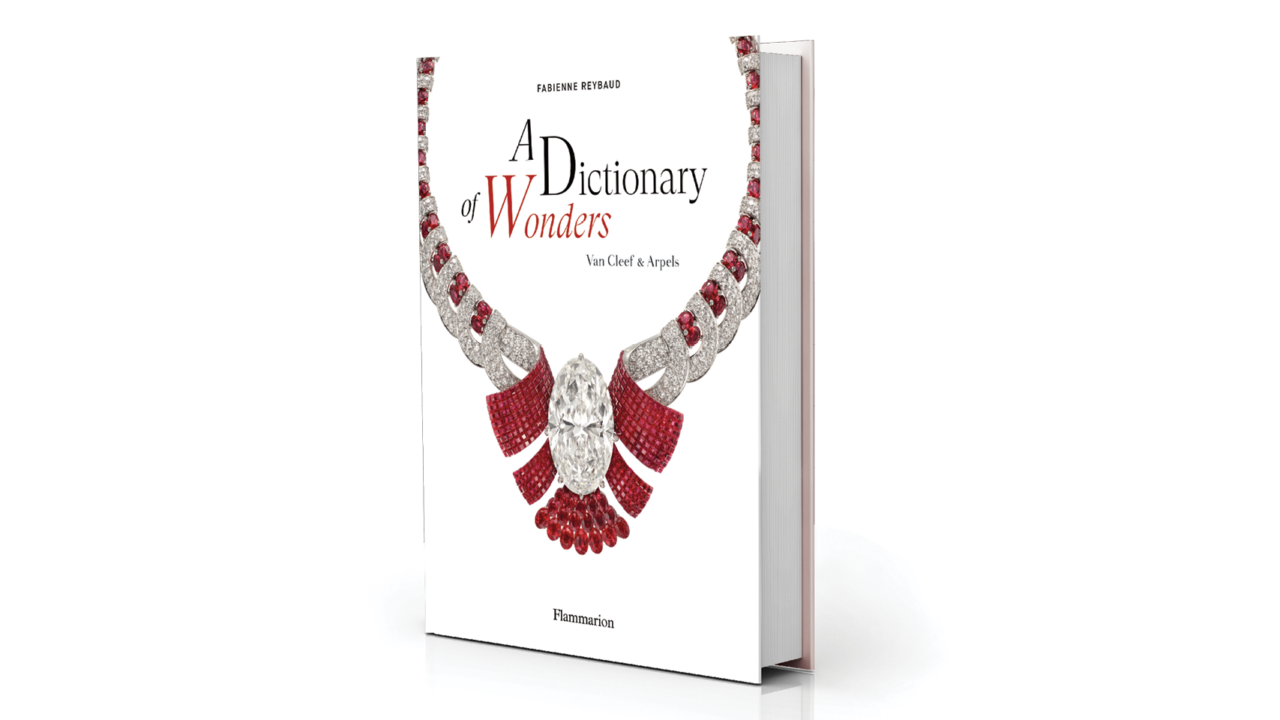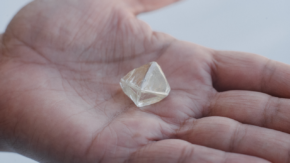A “wonder,” according to the Merriam-Webster dictionary, is “a cause of astonishment or admiration, a marvel.” Over the decades since French maison Van Cleef & Arpels set up shop at Paris’s 22 Place Vendôme in 1906, the firm has offered a wide variety of such marvels to its clientele.
Author Fabienne Reybaud has organized these creations into the beautifully illustrated A Dictionary of Wonders: Van Cleef & Arpels. Her new book takes an in-depth look at both the technical innovations and world-famous designs that have earned the jeweler its reputation for savoir faire. The subjects run from A to Z, with each theme showcasing glorious images of the jewels and extraordinary objects the maison has produced.
The “A” listings alone offer an immediate sense of the jeweler’s historical designs and the spirit infusing them. “Affinities in Art” begins the book by exploring how dance, fashion, couture and architecture themes have anchored the firm’s portfolio. Next up is “Alhambra,” a look at the brand’s distinctive quatrefoil design, which evokes a lucky four-leaf clover. The motif first showed up in a necklace in 1968 and became popular across the globe. “Amorous Encounters” rounds out the first trio of entries, relating commissions that celebrated the love affairs of such famous couples as the duke and duchess of Windsor, and actors Richard Burton and Elizabeth Taylor.
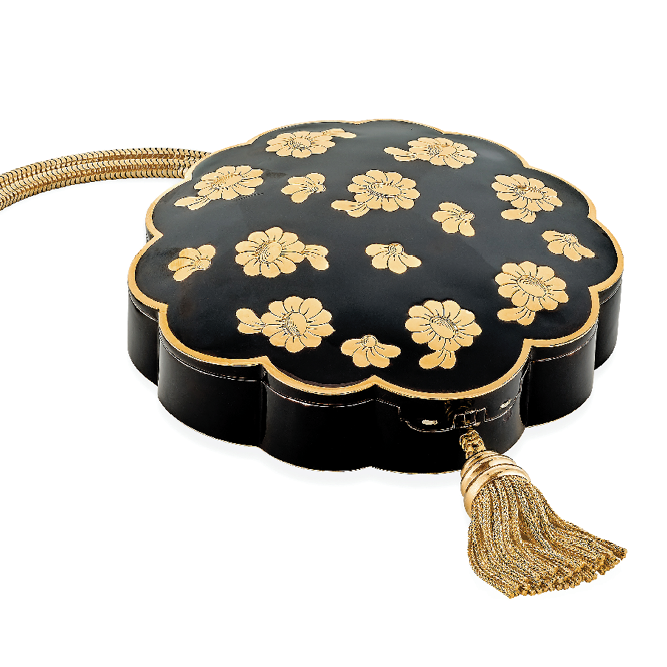
(Van Cleef & Arpels SA)
Tiny dancers and transformable treasures
In its celebration of Van Cleef & Arpels milestones, Reybaud’s alphabetical guide to the brand’s jewelry includes categories such as ballerina clips, fairy brooches, the stylish vanity cases known as minaudières, and transformable designs like the Passe-Partout — an ingenious chain that featured detachable floral clips and that could become a bracelet, a belt, or a necklace of varying lengths. The clips could also do double duty as hair ornaments or on a jacket lapel.
Besides these, the volume covers themes of love, femininity and nature, as well as achievements such as the patented Mystery Set technique — in which the jeweler mounts the gems so the metal is invisible — and the famed Zip necklace, which offers up the everyday zipper as a glamorous, transformable jewel (see box).
[The house has the] distinctive ability to create well-balanced, well-proportioned pieces that embody the notion of enchantment.
The joys of gems
The gems the maison has used show up in all their glory, illustrating how important they have been to building the firm’s reputation, writes Reybaud. She highlights their provenance and quality as well as the pairing of cuts and colors.
The dictionary format, the author tells Rapaport Magazine, “invites readers to explore the history and works of Van Cleef & Arpels freely, to discover the jeweler’s distinctive ability to create well-balanced, well-proportioned pieces that embody the notion of enchantment — that jewels bring joy — and to revel in the lesser-known yet sublime Modernist, nonfigurative pieces created in the 1930s and 1940s, or the rare gold, wood and precious-stone craftsmanship found in Van Cleef & Arpels jewelry from the 1960s and 1970s.”
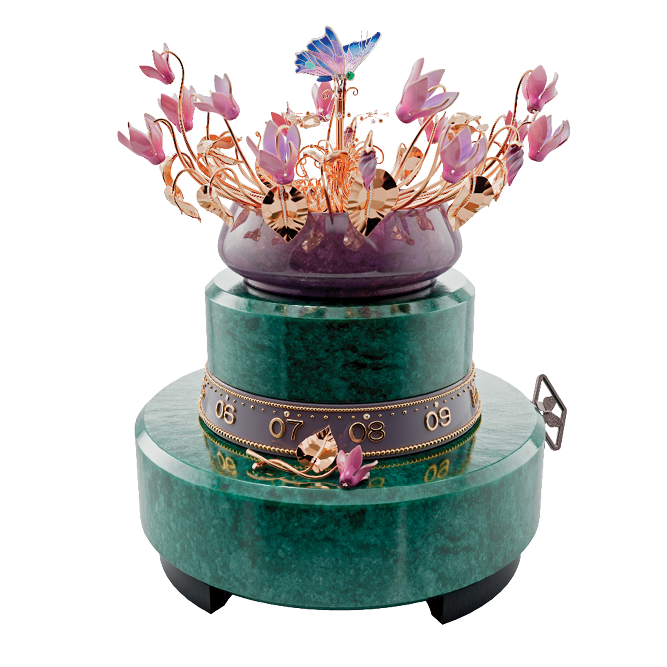
A Dictionary of Wonders: Van Cleef & Arpels by Fabienne Reybaud was published in February by Flammarion.
Z is for Zip
In a fitting last entry to A Dictionary of Wonders: Van Cleef & Arpels, Fabienne Reybaud expands on the wonder of the Zip necklace — its history and pride of place in the Van Cleef & Arpels repertoire.
Although creating a precious-metal and -stone jewel that one could “unzip” and wear as a necklace or “zip” closed and wear as a bracelet was an idea the maison considered in the 1930s, it would be another 20 years before it produced the first edition: the Zip Antique in the 1950s. In the 2000s, the necklace got an update for the firm’s high-jewelry collection.
A second version, the long Zip Couture, premiered in 2005. Although the latter didn’t transform into a bracelet, it could be worn either low over the neck or down the back, Reybaud explains.
The Zip necklace consists of 1,500 elements. It can gleam with emeralds, rubies, pearls and sapphires, or diamonds combined with coral, turquoise and onyx. The simplest version takes 500 hours of work to create. The firm produces only about 40 per year, many as special commissions.
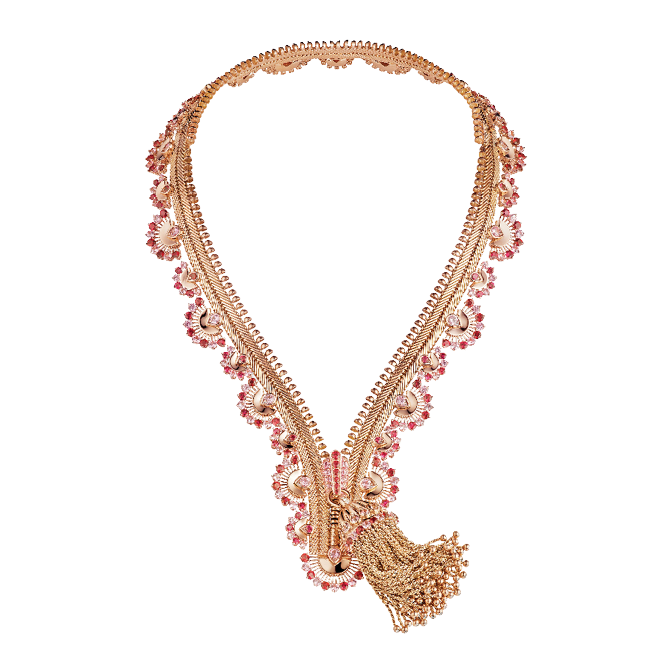
Main image: A Dictionary of Wonders: Van Cleef & Arpels book cover. (Flammarion)
This article is from the March-April 2024 issue of Rapaport Magazine. View other articles here.
Stay up to date by signing up for our diamond and jewelry industry news and analysis.
